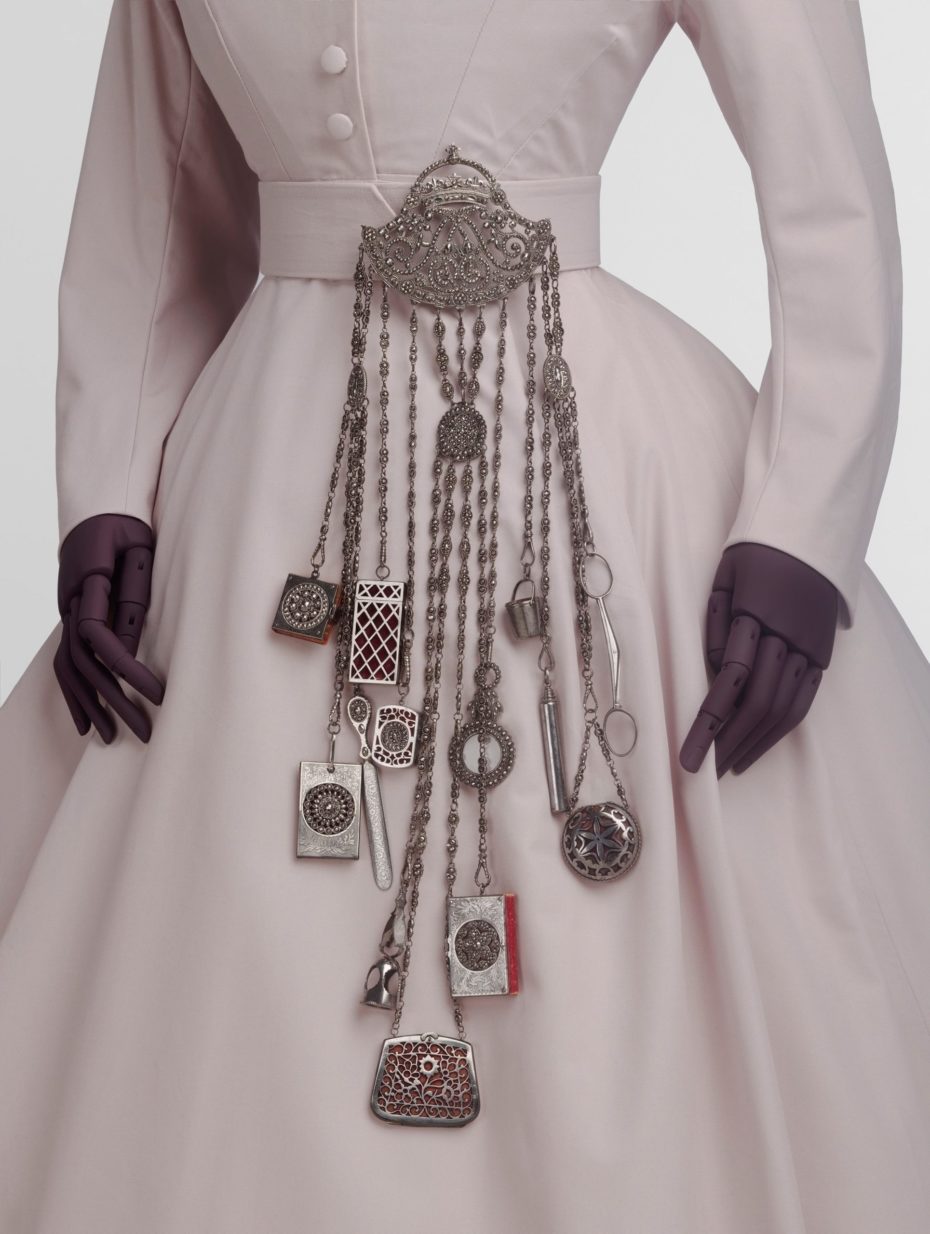Home › Welcome to the Forum › Art & Cultural History › Who knew that women’s pockets in the 18th century would be pegged as SEXIST!
- This topic has 3 replies, 2 voices, and was last updated 3 years, 5 months ago by
brianstammVerified.
-
AuthorPosts
-
 57
Staters
57
Staters
 14
Favor
14
Favor
 Apprentice
Apprentice
I’m putting together several educations pieces for a local historical site (preparing the content and filming/editing) and have been focusing on a number of cultural topics. The one I’m working on today is women’s tie-on style pockets that were commonly used through the 1700’s into the early 1800’s. I’ve studied my fair share of psychology and sociology, but I’m a little shocked at how loaded this topic has become – I’ve sifted through several pages of articles that are claim these pockets were symbolic of everything from male toxicity to stifling Victorian gender roles. But like most elements of women’s fashion (from stays to high heels) it seems that the women wearing them wanted them – and that the modern criticism of these items being intrinsically sexist at their core is just over blown.
The majority of the articles I’ve seen keep reiterating incorrect historical information, claiming that these tie on pockets (worn under the skirt and on top of the petticoat or inside the pannier frames) could not be accessed unless in a state of undress. This is just simply someone’s invention or ignorance showing. Skirts were made with an opening that was basically like a side seam pocket we see in modern clothing – the different being that the fabric of the garment was not permanently secured to the pocket. They were independent of each other. This meant that the same pocket (containing all your personal, useful or precious stuff) could be worn everyday with different dresses. No need to empty and swap pockets.
The day may come where they will hold up an Enzo Angiolini super-high heel and say it was a symbol of oppression and sexism, but I can tell you this much, they an object of luxury, personal expression and beauty to those who chose to wear them (myself included). Each 18th century tie on pocket was so personal – while the shape was pretty standardized, they would be simple, or plain, made from thick fabric or fine, embroidered or quilted, kept pristine or worn and repaired time and time again… some had initials or other symbols on them. They were a varied as the individuals who wore them. It seems a shame to make something so innocuous into an object of repression, when the reality was that in those eras, women were essentially the property of husbands or fathers, could own very little outright and had very little agency… let them have their tie-on pockets, the one spot where they could stash their needs and wants for the day (often containing keys, money or the few other items associated with power or ownership) as one example of what did belong to them.
0October 8, 2021 at 1:41 pm #305618 Staters
14 Favor
Visitor
Interesting. I spent many hours as a Civil War reenactor and never thought about the ladies having or not having pockets even in what were considered “camp dresses”. These plain skirts were worn by the ladies who spent time in camp making sure we were all fed and we’re devoid of the hoops worn under more dressier dresses. Most of the ladies carried small crocheted bags with their personal effects inside.
0October 25, 2021 at 4:32 pm #313557 Staters
14 Favor
Apprentice
Yeah, by the Civil War, the fashion had fluctuated a bit – the reticule a.k.a. the purse was a more popular way to carry items. The early 1800’s had a narrowing and “naturalizing” of the overall silhouette… without all the gathered fabric at the waist, it was hard to hide pockets stuffed full of your belongings. The miser’s purse became fashionable – as was the chatelaine (a sort of decorative pin with all sorts of accessories hanging from it)… the old fashioned tie-on pockets slowly fell out of vogue.
Here’s a beautiful chatelaine – a bit like a Swiss army knife of women’s wear:
0November 2, 2021 at 5:26 pm #319218 Staters
14 Favor
Visitor
This is a new one for me. Of course, I focused more on the military uniforms and equipment as a reenactor. My wife wore mostly ball gowns and carried a small crocheted purse. Even some of the more “dressed up” ladies never had anything like you picture here. That’s one of the reasons I like studying the period. You learn something new all of the time.
0November 4, 2021 at 11:04 am #3197 -
AuthorPosts
- You must be logged in to reply to this topic.
